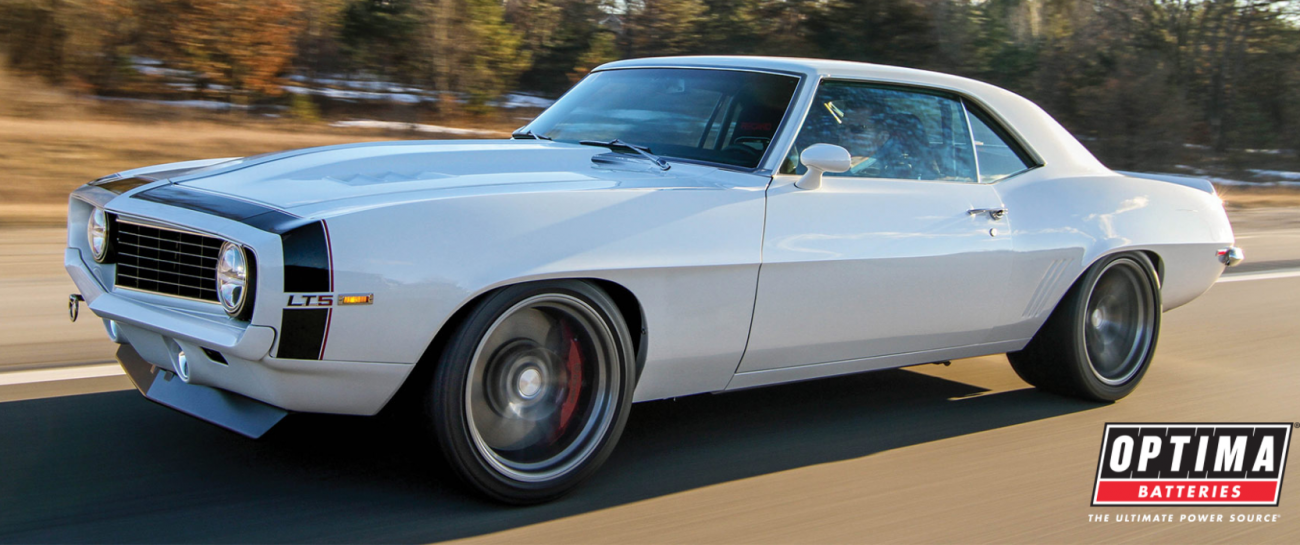
Hot Rods and Rat Rods – What are they?
The automotive customization and rebuilding world is as diverse as it is fascinating.
One particularly exciting and growing niche is the custom builds happening with classic hot rods. More and more frequently, car shows are being invaded by what appear to be vintage hot rods but with a rougher, more DIY appearance.
These interesting pieces look half-finished and half-not, with non-automotive components brazenly fused in. These DIY-builds, known as rat rods, are an excellent example of the versatility in this industry and a great starting project for newcomers. Of course, some die-hard hot rod enthusiasts take offense at these almost Frankenstein-ed builds being at same auto events as more traditionally rebuilt hot rods and carefully restored muscle cars, but there is a beauty here.
The following is a quick look at the difference between rat rods and hot rods for those looking for new projects to explore:
Rat Rods and Hot Rods: What they share
To those new to the custom car scene, a hot rod and a rat rod may look near identical, and they do share a lot of commonalities. For example, the result of both a rat rod and a hot rod should be different than the base model’s look when it initially rolled off the production line. That is about customization, not restoration. Other similarities include:
- Both use vehicles produced between 1920 and the mid-1960s.
- Both contain reclaimed, scavenged, or reforged automotive parts
- Both are likely to feature a lowered body and chopped roofs
- Both emphasize speed over comfort
Rat Rods and Hot Rods: Where they differ
For newcomers of this hobby, rat rods and hot rods may seem near identical. However, these are two vastly different methods of rebuilding and restoring a vehicle which becomes more apparent the closer you look. A few of these significant differences include:
- Hot rods tend to have a more finished look with a professional paint and finishing job. In contrast, the desired aesthetic for rat rods is to look more unfinished with a weathered look that often boasts rust patinas on the outside of body panels. Additionally, a hot rod will be polished until it shines while rat rods rarely have anything that reflects a clean sheen.
- While both have chopped rods, rat rods tend to have a more exaggerated roofline.
- While both of them feature customized automotive parts, rat rods go a step further, and owners can build them with any material that works.
- Hot rods might not prioritize comfort but they still commonly include modern amenities like cruise control, power steering, and more traditional (if customized) and comfortable upholstery. Rat rods tend to be either basic or extreme. They usually have no carpet, and seats can comprise the first thing the car builder came across. Modern driving tech is also considered verboten.
Some automotive enthusiasts have strong opinions on the precision of a muscle car restoration, but more see that there is an appeal to every type of rebuild. This industry is continually evolving, and finding the right style takes experimentation. The good news is that every gearhead can join a community of engaged and excited enthusiasts ready to help them strip the classics down and rebuild to new heights.


